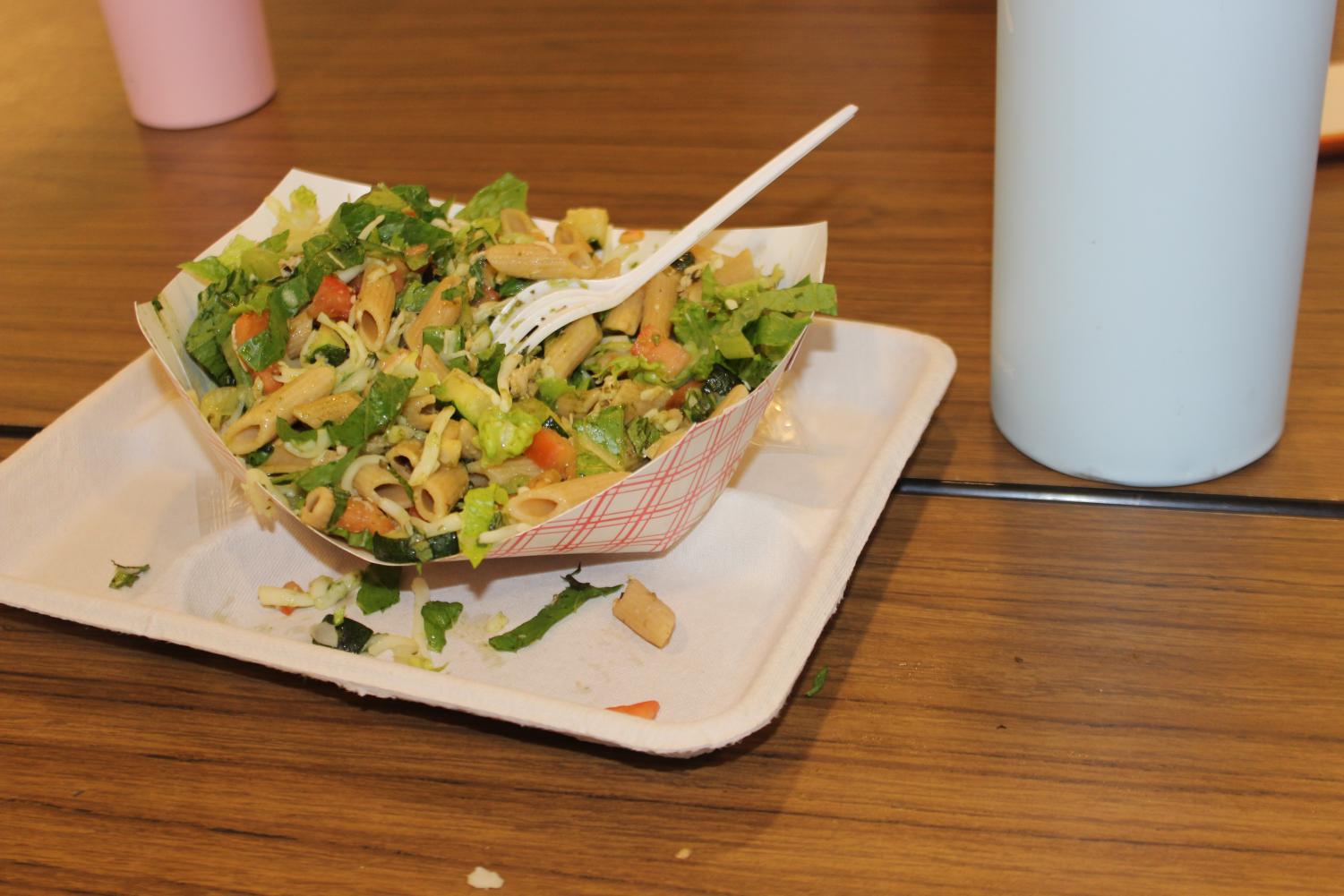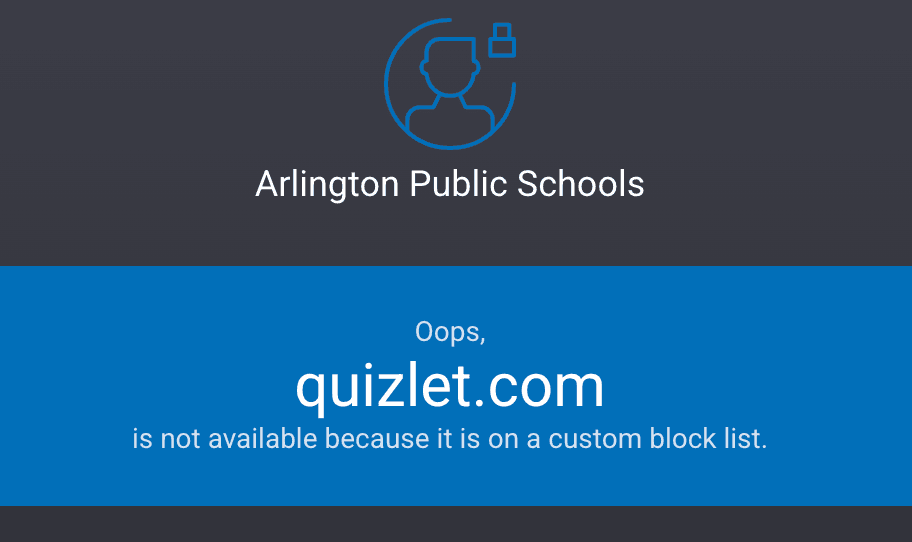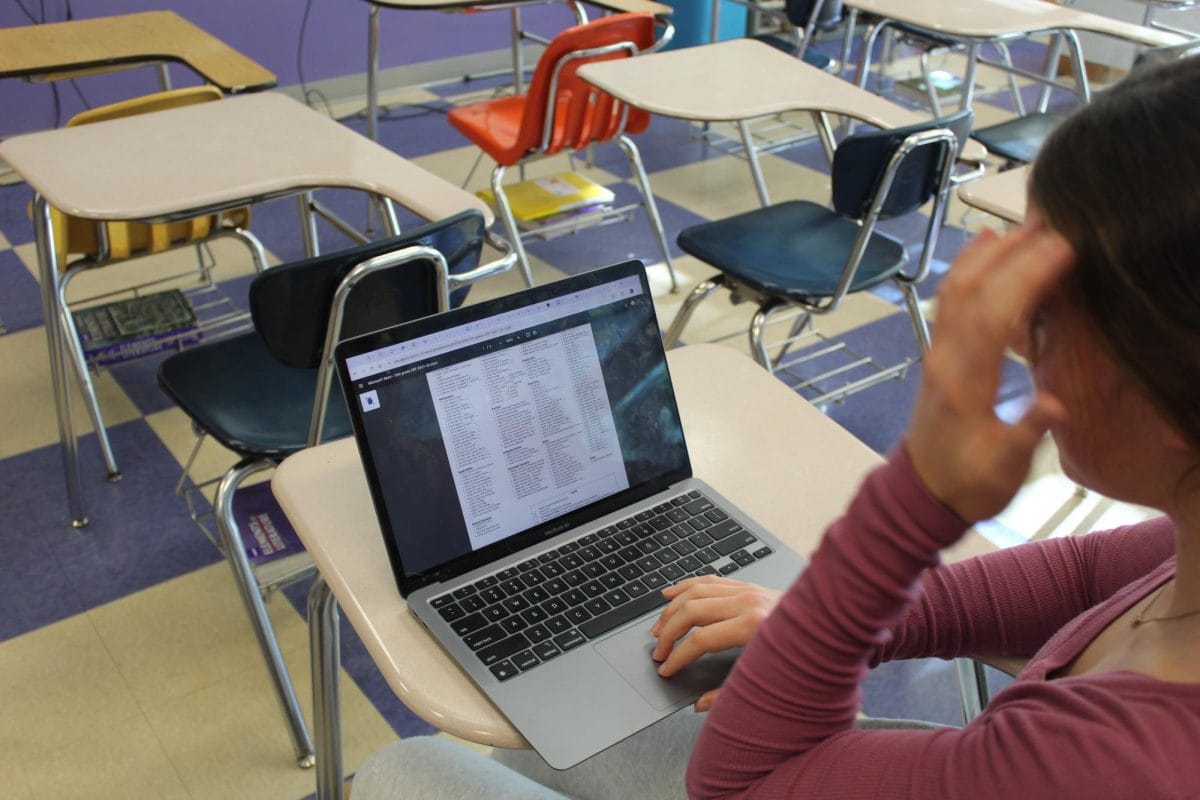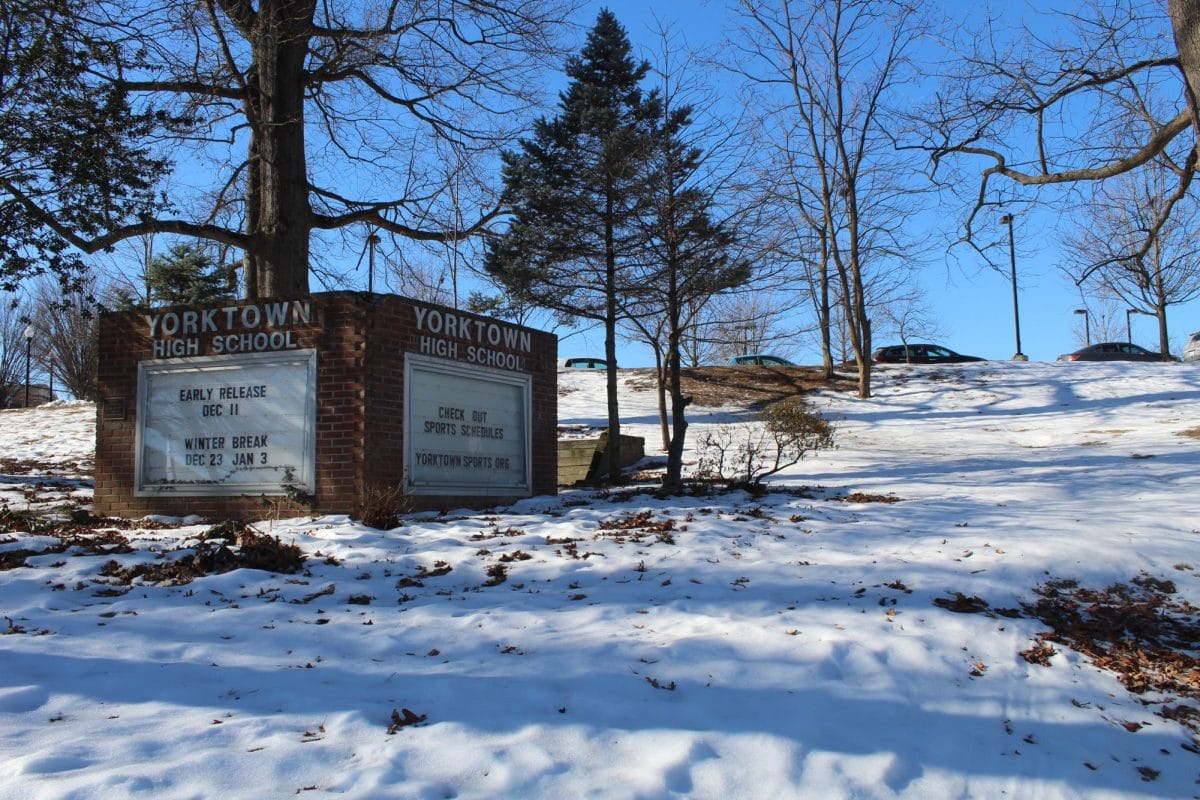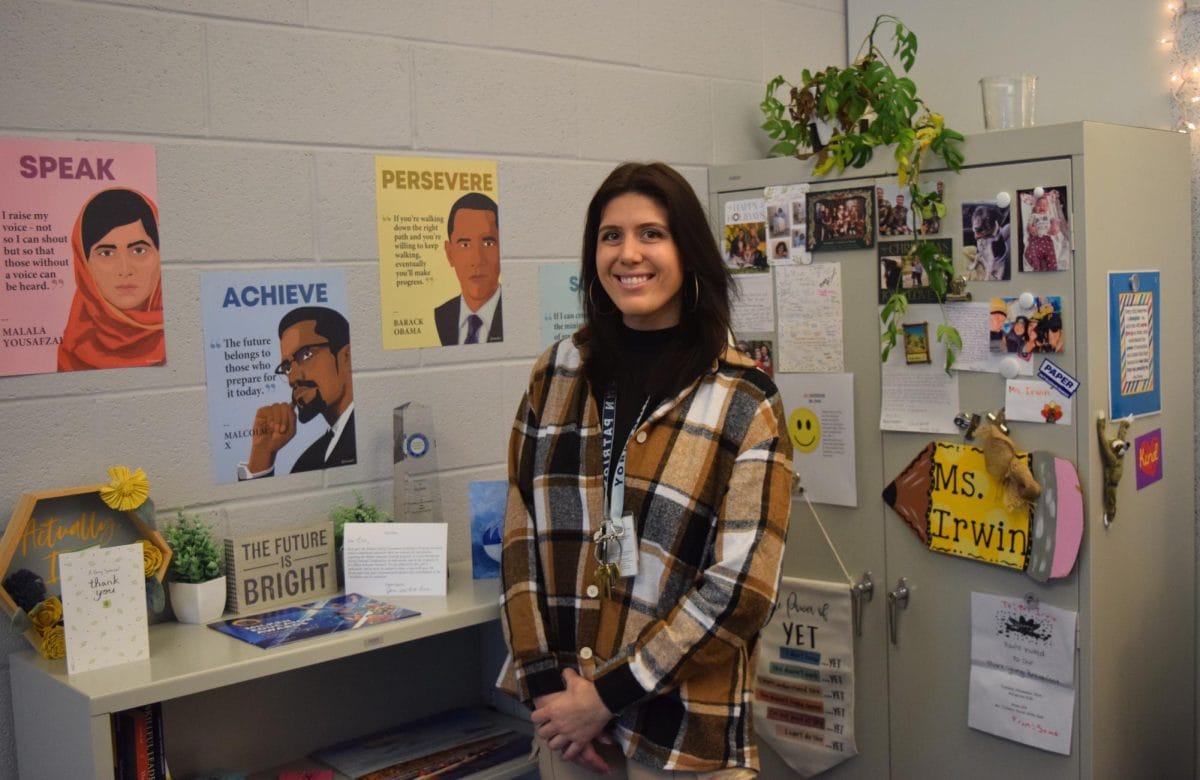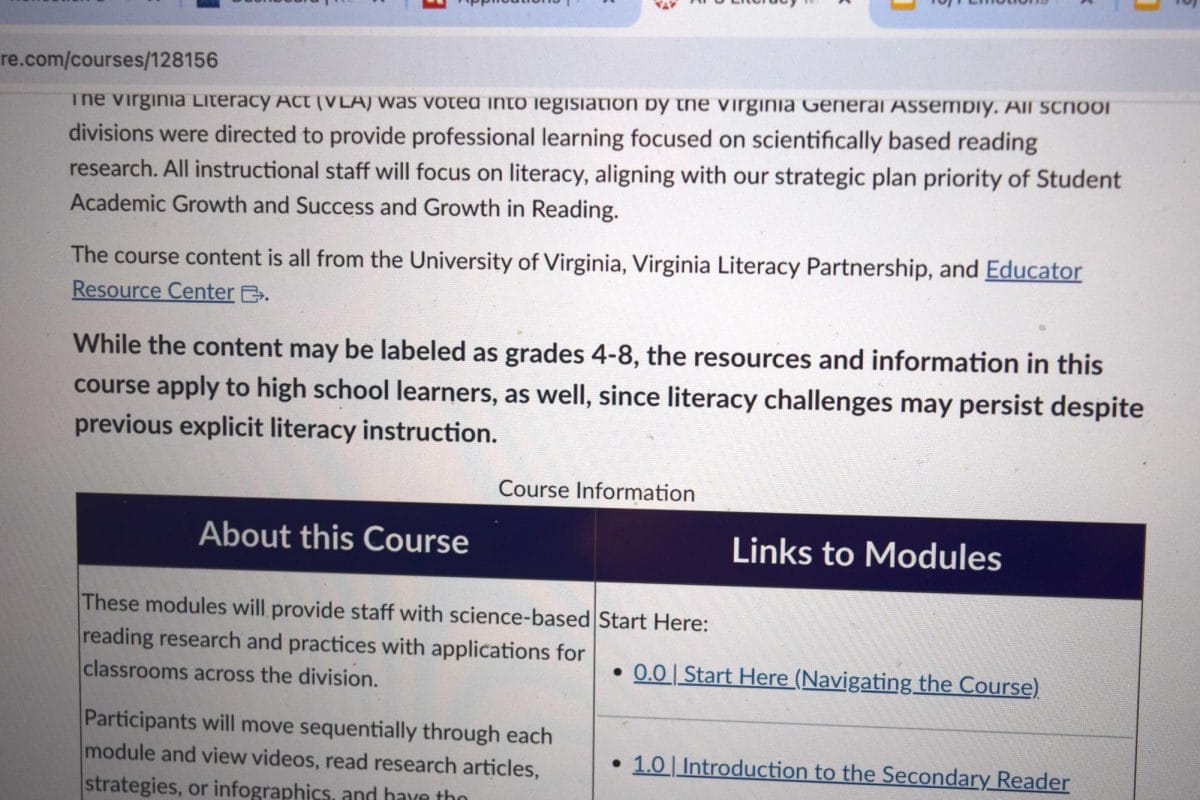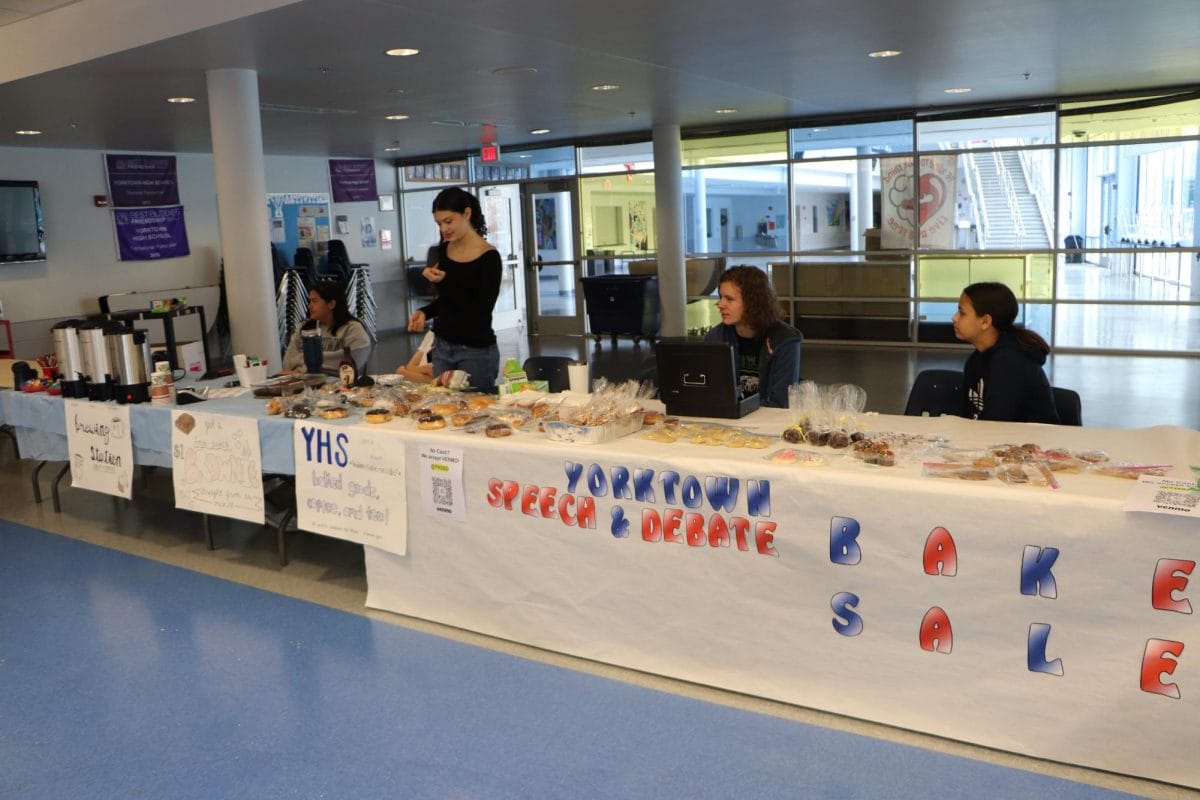It is 12:43 p.m. and the bell for the start of C lunch has just sounded. A student walks down the stairs after a long morning of classes and arrives in the cafeteria to see lines stretching almost out into the atrium. After waiting through half of lunch, they get to the front of the Chipotle-style healthy line just to see the same food they have been eating for two weeks in a row.
The lacking variety can be attributed to supply chain issues due to COVID-19.
“We decided to try to streamline our menus a little bit so that we could help students get through the line more quickly and so that we could have a little control because we didn’t know what the market was going to look like in terms of shortages,” Director of Food Services in Arlington Public Schools (APS) Amy Maclosky said.
APS plans to provide free lunches to every student throughout the 2021-22 school year by using food reimbursements through the United States Department of Agriculture (USDA). With these payments, the USDA covers the cost of every lunch APS serves.
Because of the streamlined menu, APS has had to change the frequency with which meals in the healthy line switch. Even though there are fewer food choices, APS plans to add more as the year goes on.
Some believe the quality of food has worsened since COVID-19 started last year. When asked, Maclosky mentioned that they had not changed suppliers.
“We’re not looking at cheaper food or less quality food. We’re using the same contracts that we always have. We’re doing the very best that we can to make sure that we have the items that we always had….We’ll be able to add more options once the general climate for purchasing gets better so that more options will be available,” Maclosky said.
Students understandably want more choices. Our school is trying to deliver the best food possible, as well as places to eat it.
“When we had a really rainy day, all the students were able to be taken care of in the cafeteria and around the first floor. So we’ll still keep the same policies of keeping the second and third floor free from students eating, just because instruction is going on,” Assistant Principal Suzanne Evans said.
One of the issues our school’s administration had to consider when deciding where students could eat inside was the enormous size of C lunch. When compared to the other lunch periods, C lunch has over three hundred more students because of the Career Center busses.
“Every class that has one or more students with afternoon Career Center courses have to have C lunch because the bus leaves in the middle of C lunch to go to the Career Center. So if they weren’t in C lunch, they would be missing instruction,” Evans said.
Many students have wondered where their food comes from. Whether they eat in the cafeteria, or on the Career Center bus, information on the topic is few and far between.
As it turns out, APS works with a multitude of companies, ranging from large scale corporations to local farms. Their relationships with Dori Foods, Keany Produce and Merchants Grocery company are defined through the food contracts.
“We try to use as much local produce as possible. We guarantee that about $175,000 to $200,000 worth of produce that we use in a year is local, which is almost 50% of the money we spend on produce,” Maclosky said.
APS belongs to a buying co-op with four other local school districts which meets four to six times a year to decide what ends up on the menu. The co-op assesses taste and nutritional quality along with eight other categories with which they rate the food.
When options are altered because of shortages, APS’ Office for Food and Nutritional Services works with suppliers to change items as needed.
“Some weeks, it’s very difficult for us to menu chicken filet sandwiches. We’ll switch to chicken nuggets, or if we can’t get any macaroni and cheese to serve, we’ll switch it to a different kind of pasta,” Maclosky said.
School lunches are not just the work of the APS Office of Food and Nutrition Services, but also the Department of Defense (DOD).
“We also work with the Department of Defense and we get produce from them. They use only domestic produce and they also try to focus on local produce,” Maclosky said.
As unusual as it might seem, the DOD is involved with school lunches because they share contracts with the USDA.
Just like any other organization during the pandemic, APS has had to improvise on the spur of the moment and adapt to new challenges while trying to feed its students each and every day.





































